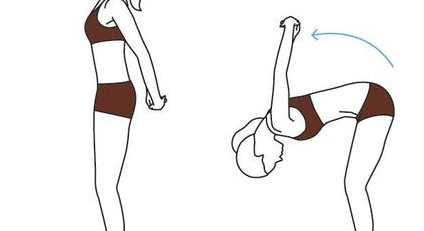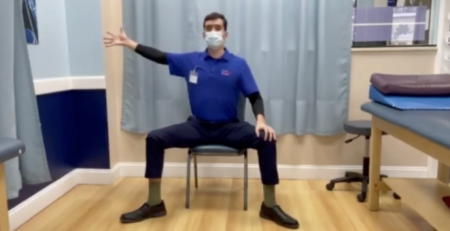Equipment Used in Physical Therapy
Physical therapy education includes the therapist’s proper use and combination of conventional tools and modern technology to improve the patient’s motor functionality. Based on the particular patient’s current physical situation and specific needs, the physical therapist designs a program that uses different kinds of equipment. The physical therapy assistant is usually asked to help with the actual therapy sessions with the patient.
These are the conventional equipment that are used in physical therapy:
Ramps – These are used by stroke patients and other patients who have to re-learn to use their lower limbs, or re-train them to walk after an injury. In the earlier sessions, the physical therapist may support the patient. As the patient gains strength, balance and mobility, the therapist will let him walk up and down the ramp on his own.
Exercise Balls – Stability balls are used to develop balance and core strength. The first part of using it is sitting on it and balancing to stay on it. As the person gains confidence and greater ability to balance, the therapist may add other activities that the person has to do while on the ball, to further challenge him.
Resistance exercise bands – These are also for strengthening muscles that are weak because of a stroke or because of an injury.
Posture Mirror – Physical Therapy rooms usually have at least one side that is completely occupied by a mirror. This helps patients maintain the correct form while doing their exercises.
Gym equipment – Exercise equipment such as stationary bicycles and treadmills have been used by physical therapists for a long time. Whether the patient has suffered from a stroke, is recovering from an injury or was born with a disability, physical therapists have found that using bikes and treadmills help patients develop strength in their legs. By doing so, the patients recover confidence in the use of their own limbs.
Ultrasound – The use of ultrasound was thought to help in generating soft tissue. This practice has since ceased because it has been proven ineffective in this respect. However, ultrasound has many other medical applications.
Electrotherapy – This is the use of electrical energy for medical purposes. In physical therapy, specifically, it is used for the following: muscle stimulation to prevent disuse atrophy, relaxation of spasms and pain management. It is also used to improve muscle strength, muscle control and blood flow.
Hydrotherapy – This is the use of water in pain management, particularly because of water’s ability to deliver heat and cold. Physical therapy is the only medical field wherein water is still believed to be beneficial in relieving symptoms.
Virtual Reality – A recent study shows that patients who were given virtual reality games and equipment showed five times more improvement than patients who received traditional physical therapy. The use of 3D goggles and robotic gloves while playing virtual reality games not only added to the fun of therapy, but also seemed to speed up the healing process of muscles affected by stroke. Scientists say that the usual modest results in physical therapy can be vastly improved by virtual reality, because virtual reality stimulates the patient’s creativity and thus involves the brain in the process of healing – something that conventional physical therapy has not succeeded in doing.
With the advent of newer technologies, more non-traditional approaches in physical therapy have emerged. This only shows that as technology advances, so will the practice of physical therapy. This, combined with physical therapy education and research, spells a better scenario for people who may need physical therapy now or in the future.
To schedule an appointment with the PT Doctor, call us at (718) 747-2019





